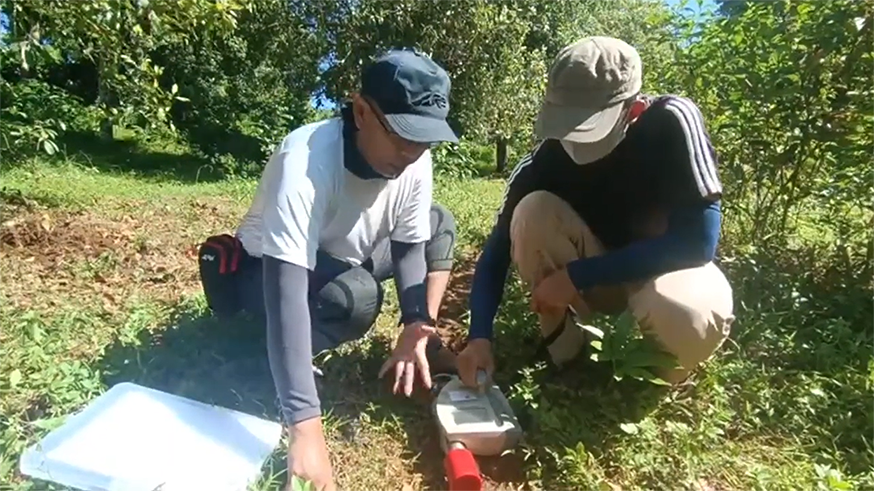

Sidik Permana
"Mamuju Regency, West Sulawesi Province, based on research conducted by Batan (now Brin) in 2011, found that the general dose rate of radiation rates reached an average value of 300 NSV/hour (0.3 μsv/hour or 2.6 MSV/year). More detailed findings in Takandeang Village obtained a dose rate of 2,844 NSV/hour (2,844 μSV/hour) (D. Iskandar, 2014; Lakin Batan, 2018). The high dose rate value can have a negative impact on health. The high value of this dose rate is behind the activity of monitoring radiation in Mamuju Regency and education to the surrounding community. It is intended that the community can be more aware of the dangers / possibilities of health impacts that are in the environment around their residence. The average value of the measured natural gamma radiation dose in Mamuju Regency is quite high, which is 0.3351 μSV/hour or 335.1 NSV/hour or 2,9375 MSV/year. Higher than international standards for radiation exposure from natural resources (terrestrial) of 2.4 MSV/year. And much higher than the average dose rate in West Java is 0.0265 ± 0.005 μsv/hour. The high value of the natural dose rate is caused by the mineralization of radioactive elements that form radioactive mineral deposits in Kabpaten Mamuju. The average effective annual dose value that can be accepted by residents in the study area is 0.3762 MSV. Still lower than the world effective annual dose due to natural radiation of 0.48 MSV as suggested by UNSCAR. And from the measurement results, high effective annual doses are identified in locations that become radioactive mineral deposits such as in Takandeang Village, AHU Village, Rantedoda Village, Taan Village, Botteng Village, Bebanga Village, and Hulu Ampalas Village. Seminars and socialization related to new and renewable energy potential renewable energy resources and nuclear energy and their applications. Cooperation of ITB and ESDM of the Provincial Government of West Sulawesi"